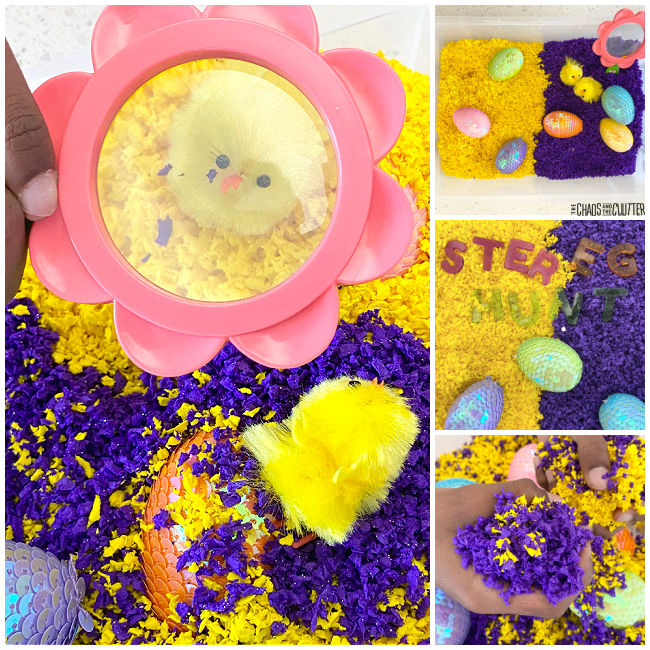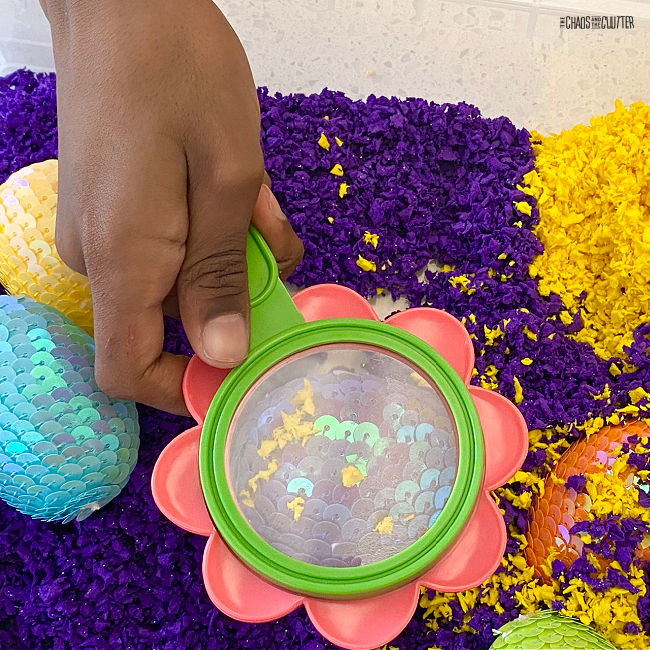Coming up with fun ways to keep your kids entertained while you’re stuck inside is the best way to keep them off their screens. And when I’m looking for a way for my kids to have fun on a rainy day, there’s nothing better than a scavenger hunt. Instead of printing out a traditional scavenger hunt to entertain your kids the next time they’re stuck indoors, try doing an indoor photo scavenger hunt instead. This fun game is perfect for keeping your kids occupied on a hot summer day.
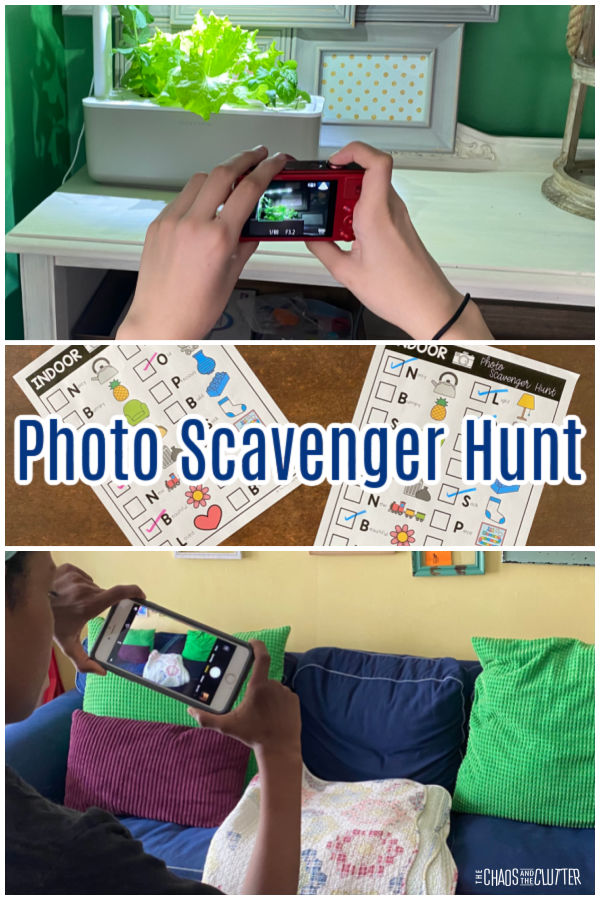
Indoor Photo Scavenger Hunt
Supplies Needed:
- Printable scavenger hunt sheet
- Camera or cell phone
How to Play:
- Print out the scavenger hunt sheet and give it to your kids.
- Ask your child to use a camera or cell phone to take pictures of the things around the house that represent each of the words on the list.
- Place a check mark next to the item after it is found.
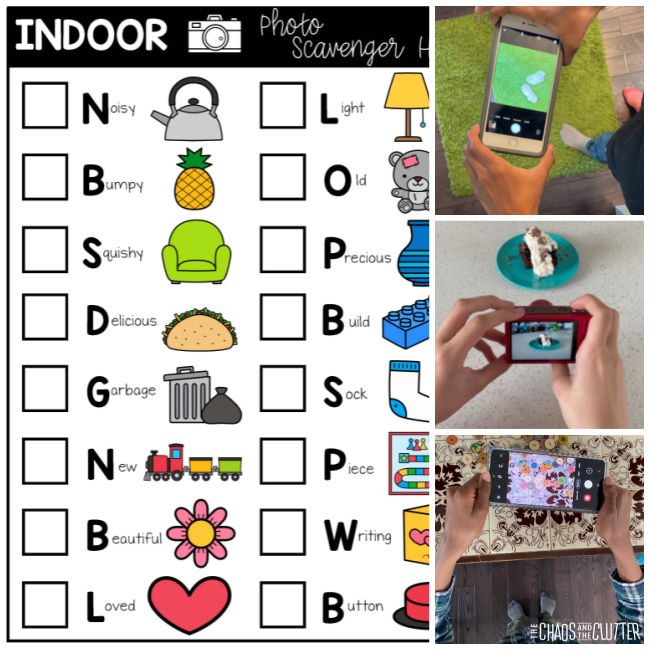
How Do You Do an Indoor Scavenger Hunt?
Creating an indoor scavenger hunt is as easy as setting up a hunt outdoors. Since each of the items on the printable list are open-ended, your kids shouldn’t have an issue finding something to match everything on the printable. The printable indoor scavenger hunt for kids includes 16 clues:
- Noisy
- Bumpy
- Squishy
- Delicious
- Garbage
- New
- Beautiful
- Loved
- Light
- Old
- Precious
- Build
- Sock
- Piece
- Writing
- Button
As your children search around the house to find matches for each item, they’ll need to think about different things that could match the descriptive words. If you think your kids might have a hard time coming up with something to take a photo of, it might be a good idea to come up with some suggestions for them. Or set out items that match the words in plain sight so they can be found more easily as your kids are searching.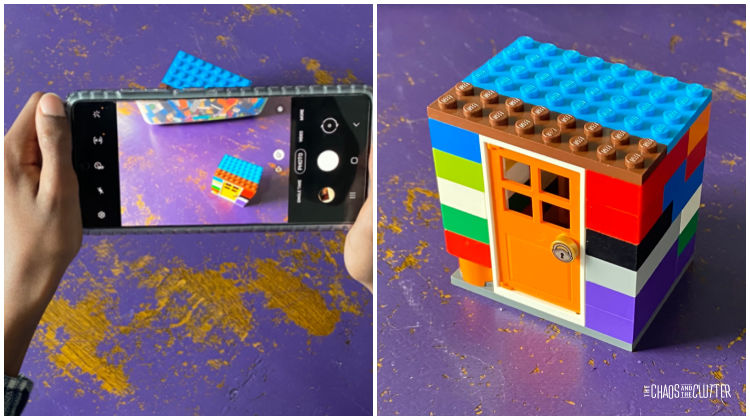 When your child finds an item that matches the word, they can take a picture of the item and place a check mark in the box next to it. After the scavenger hunt is over, you can sit down with your kids and look at all the photos they’ve taken. Let them explain why they chose the item in each photo and how it matches the word on the list.
When your child finds an item that matches the word, they can take a picture of the item and place a check mark in the box next to it. After the scavenger hunt is over, you can sit down with your kids and look at all the photos they’ve taken. Let them explain why they chose the item in each photo and how it matches the word on the list.
As your kids play this fun game, you’ll notice that they get to practice a variety of skills. Scavenger hunts are a great way for your kids to hone their:
- Creative thinking skills. The open-ended clues on this printable scavenger hunt are perfect for encouraging your kids to think creatively. And if you have more than one kid doing the hunt at the same time, you’ll get to compare their answers to see how creative each child can get. It’s fun to see the different perspectives each player has on the clues provided to them.
- Observation skills. Since this scavenger hunt will take place in the house, it’s likely that your kids are pretty familiar with their surroundings. That allows them to use their observation skills to match items they know are in their home to the clues on the list. Before the scavenger hunt starts, let your kids look over the list and come up with some ideas for each picture. This will allow them to think critically about each clue and give them time to come up with a create picture idea for each item on the list.
- Photography skills. Taking pictures isn’t just a fun way to play the game, it’s also a great skill for your child to learn. From making sure the item they want to photograph is in the frame to figuring out which buttons to press, there are several aspects of picture taking your kids will need to learn. These basic skills can help them develop their photography as they grow, which may even lead to a new creative hobby down the road.
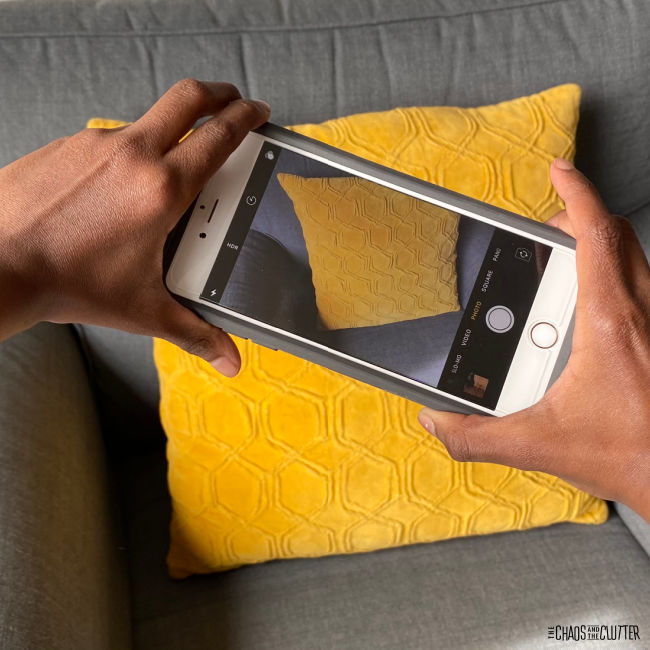
Tips for a Fun Indoor Photo Scavenger Hunt
This simple game can be played just about any time and without much prep work. But to help the game run more smoothly, try some of these simple scavenger hunt tips:
- Laminate the sheets. With the help of a laminator, you can use your scavenger hunt worksheets over and over again. Run the printable sheets through the laminator, then let your kids use dry erase markers to check the boxes as they find each item. If you don’t have a laminator, try using plastic sheet protectors to hold the worksheets instead. Your kids can check the boxes using dry erase markers on the plastic page protector instead of on the paper itself.
- Use child-friendly cameras. If you’re not comfortable letting your child use your phone or camera to take photos, consider investing in a child-friendly camera. These kid-safe cameras typically feature a hard case that’s durable enough to withstand drops without breaking.
Grab your free printable indoor photo scavenger hunt checklist. Just enter your email below.
Check out some of our other fun family scavenger hunts:
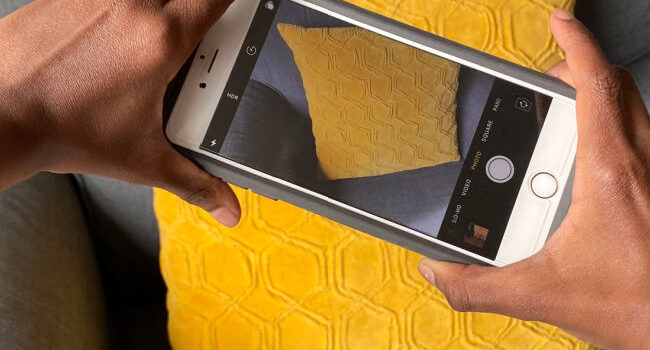

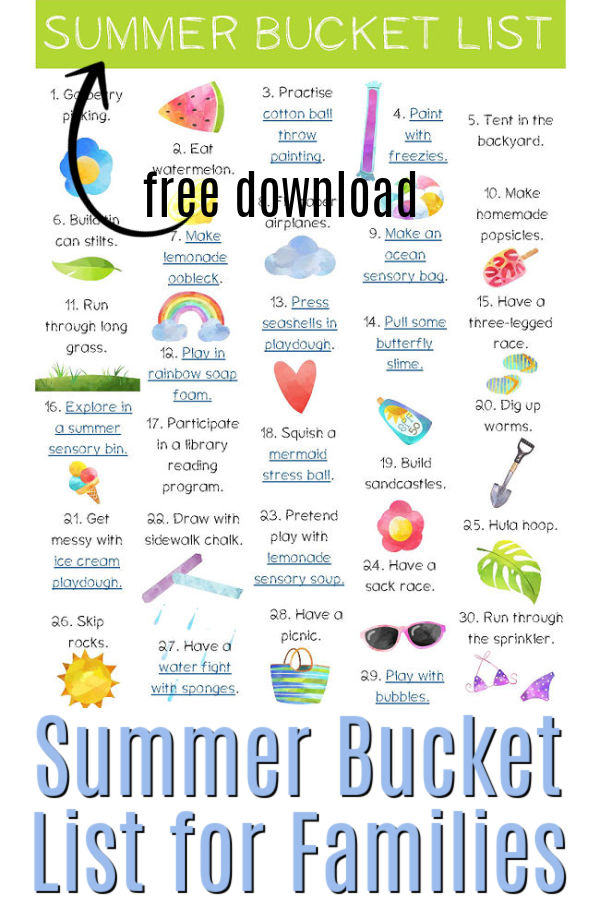
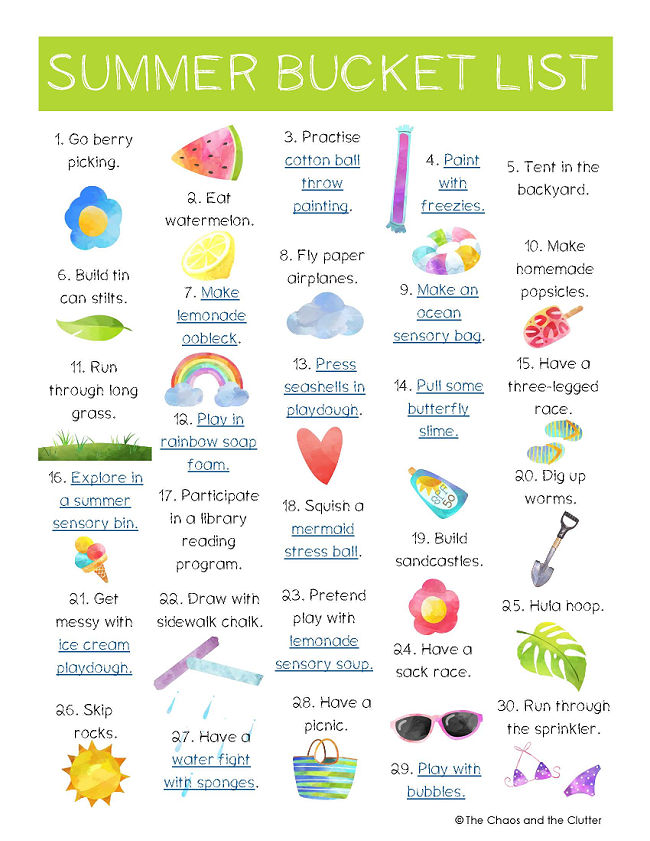
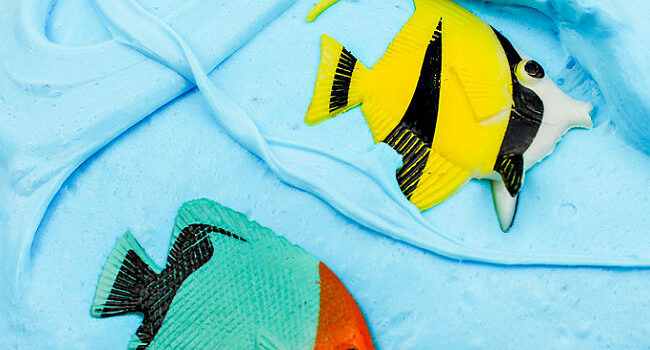
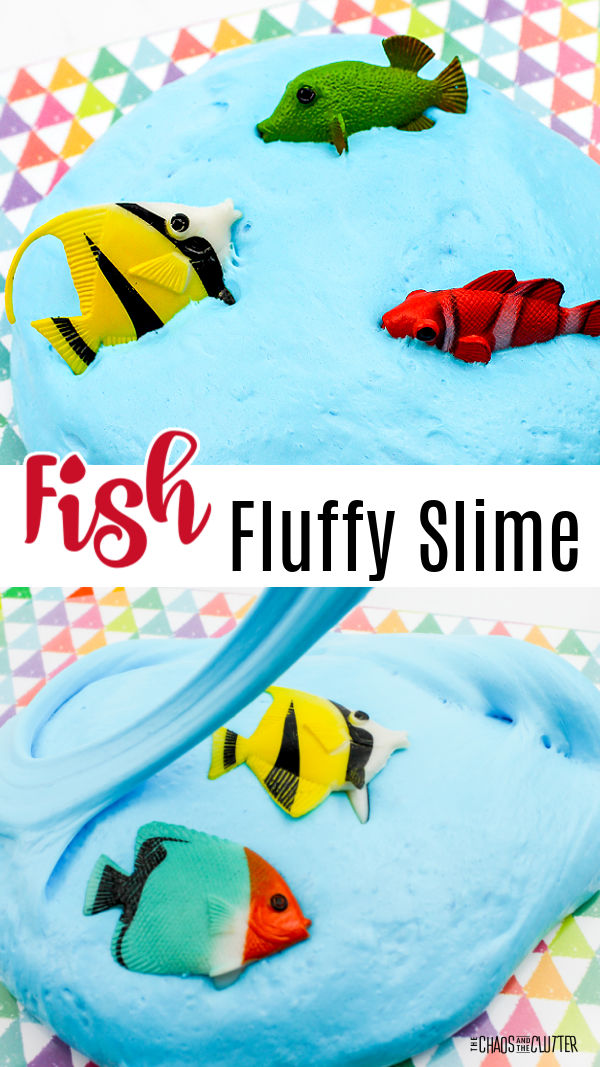 Slime is pretty popular in our house and fluffy slime is the favourite. Everyone loves the texture that the shaving cream gives to it. Plus, it’s got that really nice stretch to it.
Slime is pretty popular in our house and fluffy slime is the favourite. Everyone loves the texture that the shaving cream gives to it. Plus, it’s got that really nice stretch to it.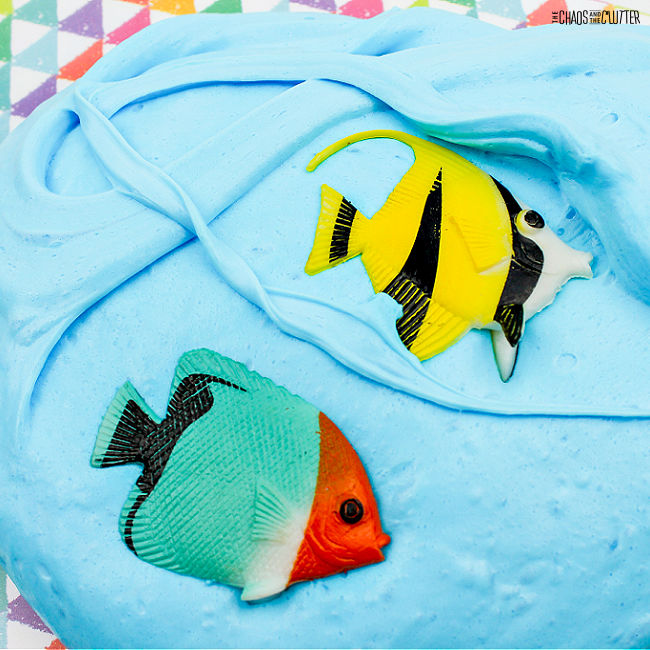 Directions:
Directions: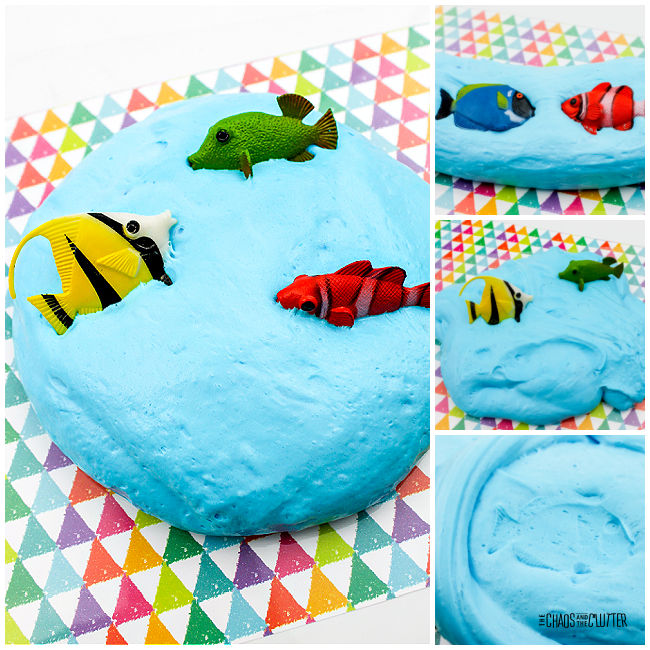 Adult supervision should be used with this and all other sensory play activities.
Adult supervision should be used with this and all other sensory play activities. 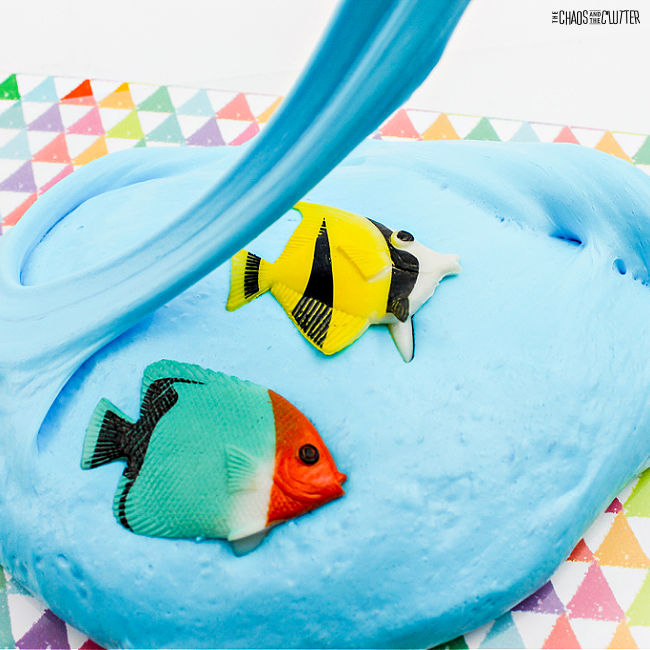 Be sure to check out some of our other fluffy slime recipes. These ones are our favourites:
Be sure to check out some of our other fluffy slime recipes. These ones are our favourites: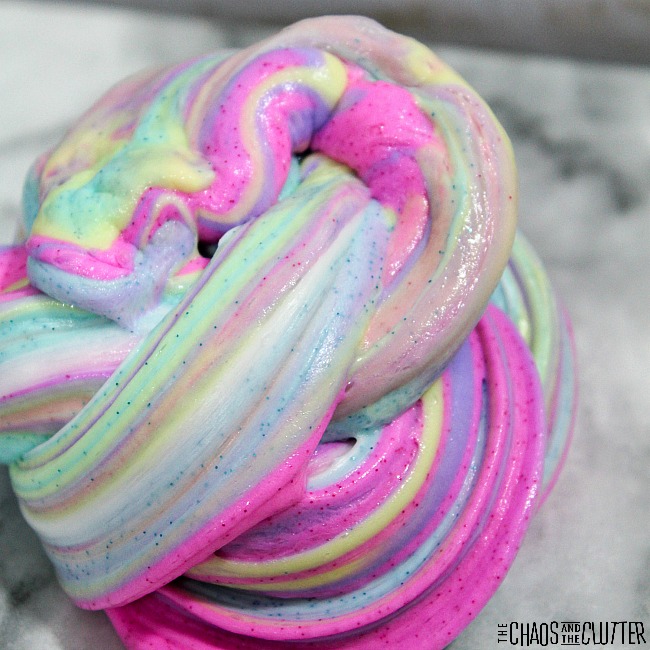
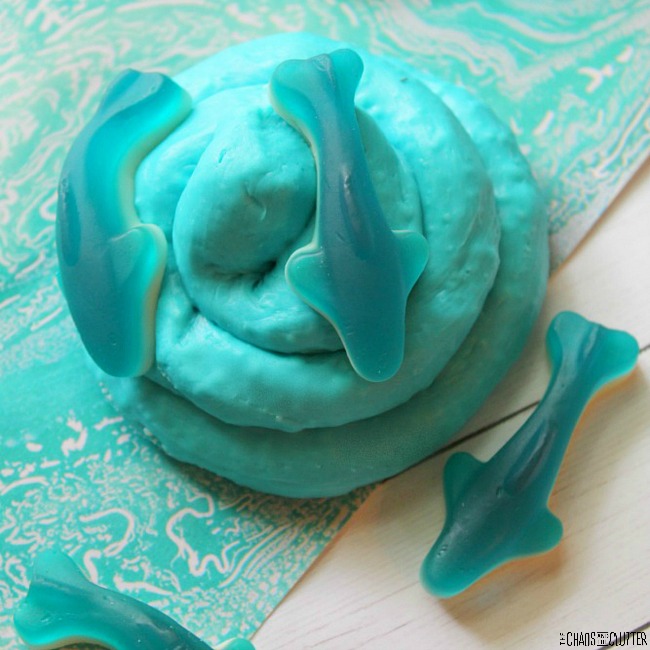

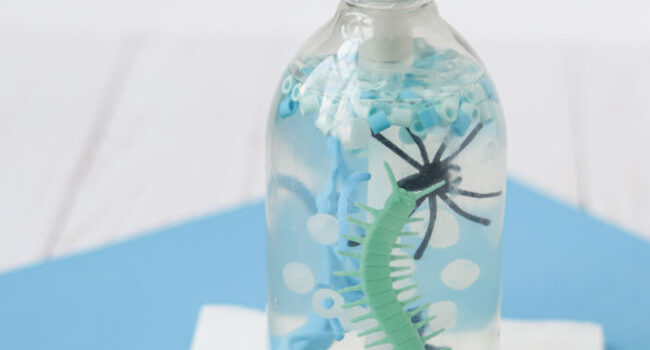
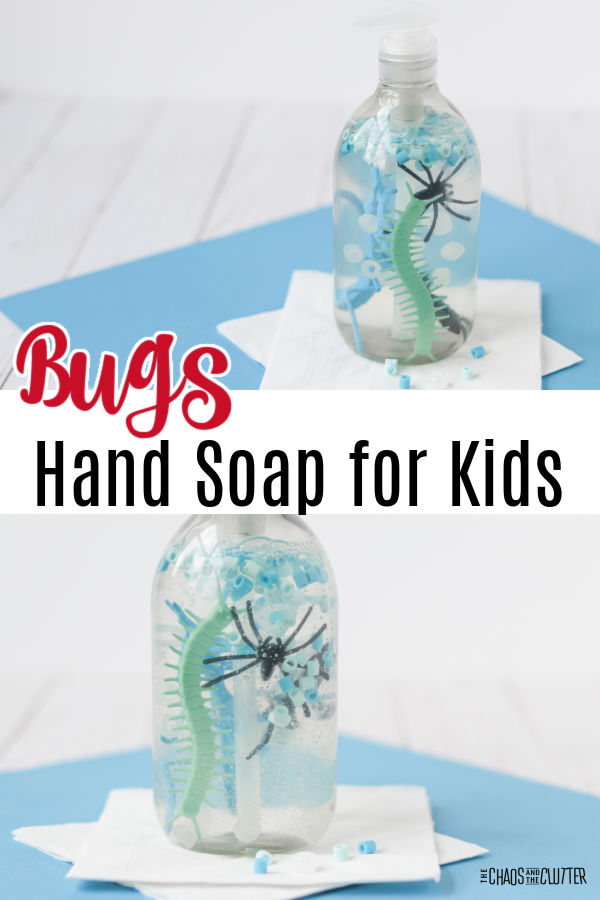
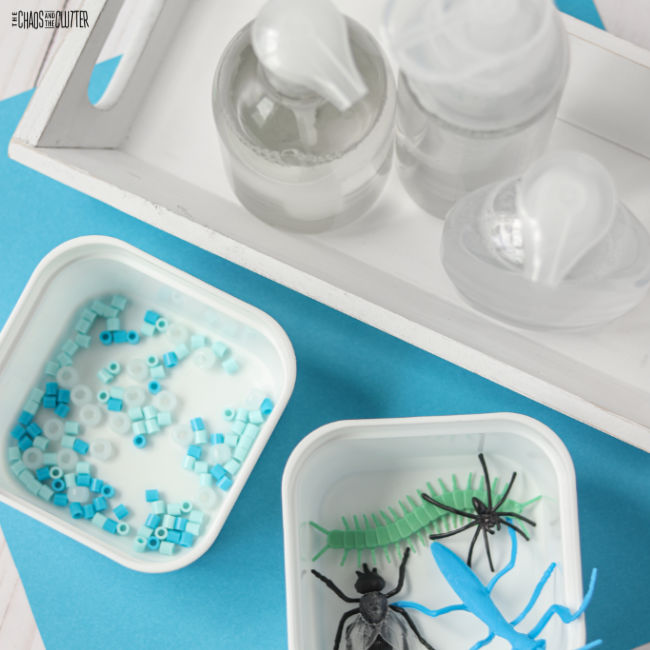

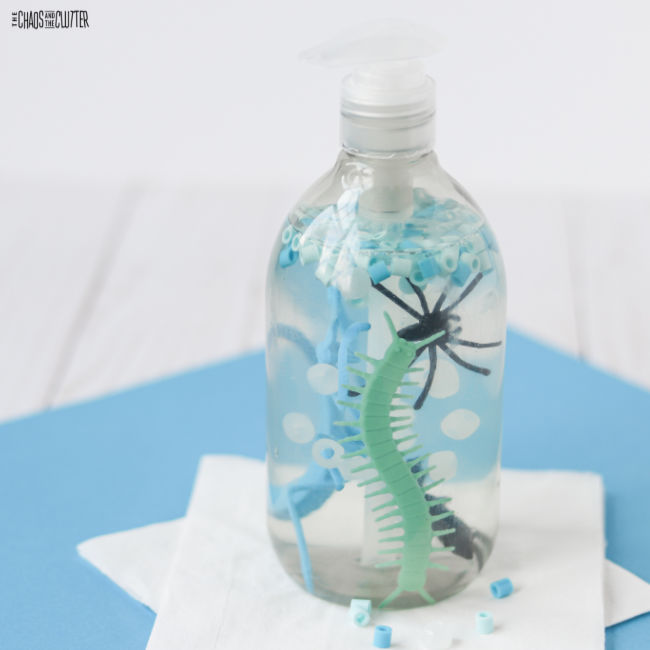
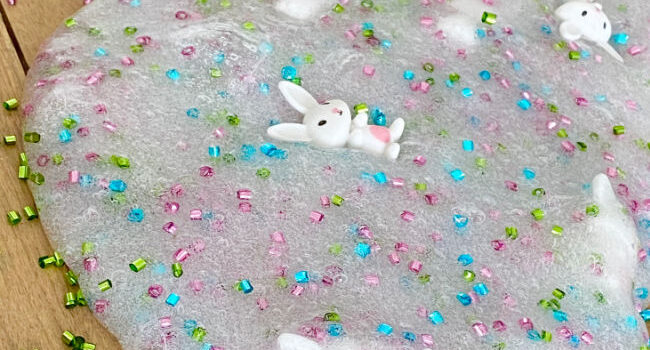
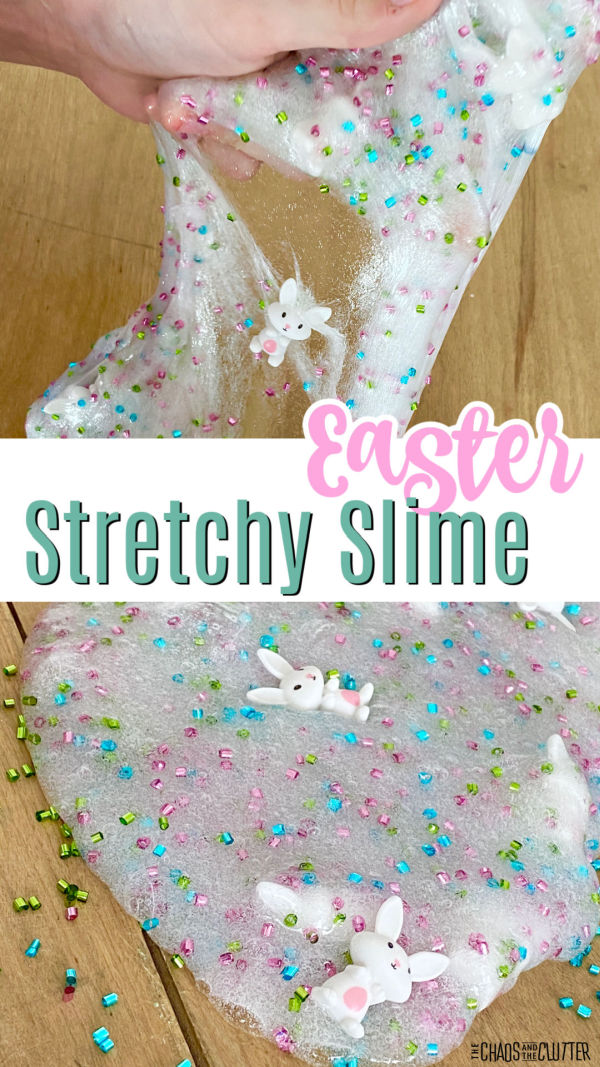 Homemade slime is great for any occasion. In the video below, you’ll see just how easy it is to make this slime at home.
Homemade slime is great for any occasion. In the video below, you’ll see just how easy it is to make this slime at home.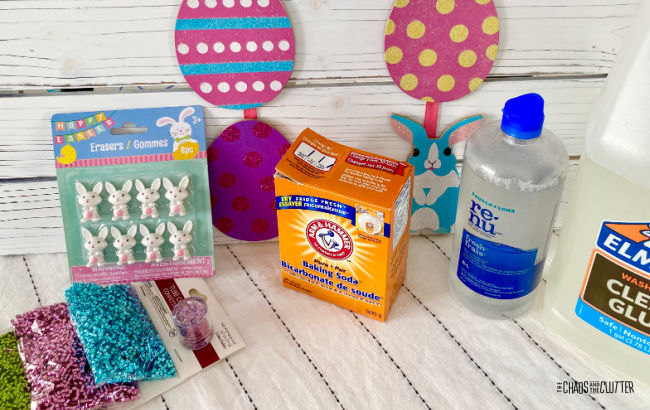 Instructions:
Instructions: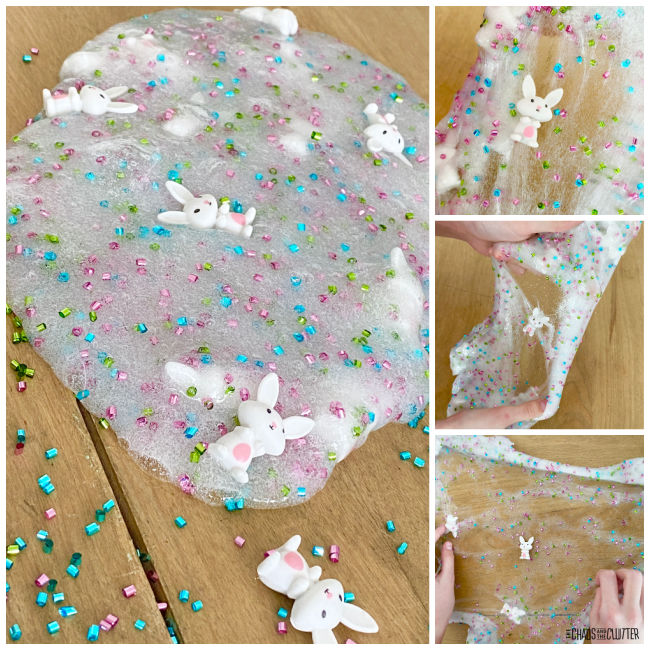 Be sure to use adult supervision with this or any other sensory play activity.
Be sure to use adult supervision with this or any other sensory play activity.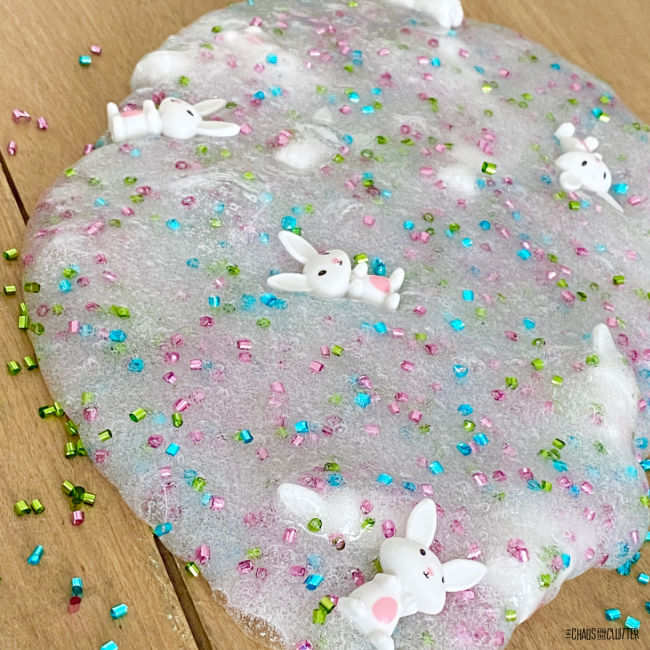
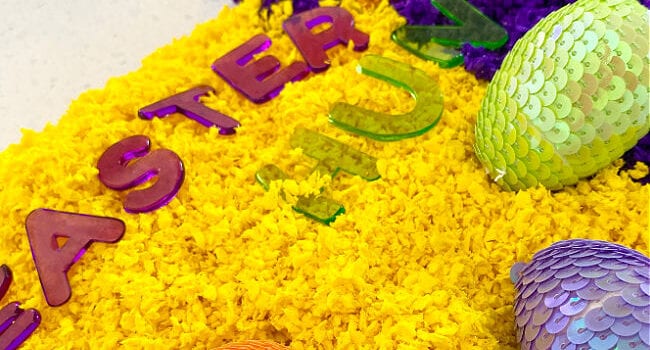
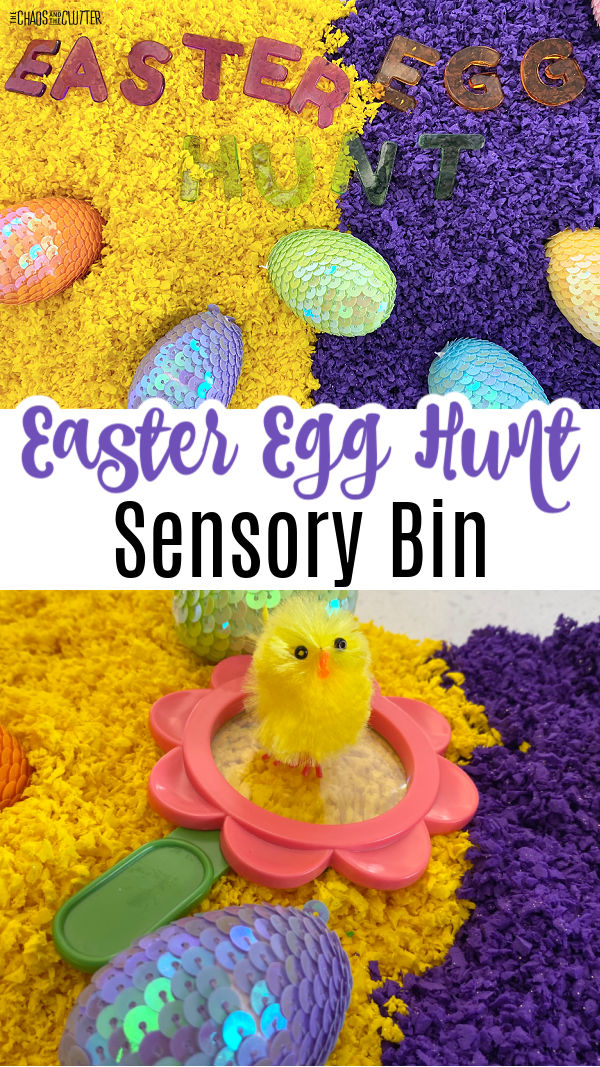 Using common Easter themed items in your sensory bin is the perfect way to get your kids playing and learning by using their senses. Each item on the bin is designed to help your child learn as they play by engaging at least one of their senses – sight, sound, smell, touch, and taste.
Using common Easter themed items in your sensory bin is the perfect way to get your kids playing and learning by using their senses. Each item on the bin is designed to help your child learn as they play by engaging at least one of their senses – sight, sound, smell, touch, and taste. Instructions:
Instructions: